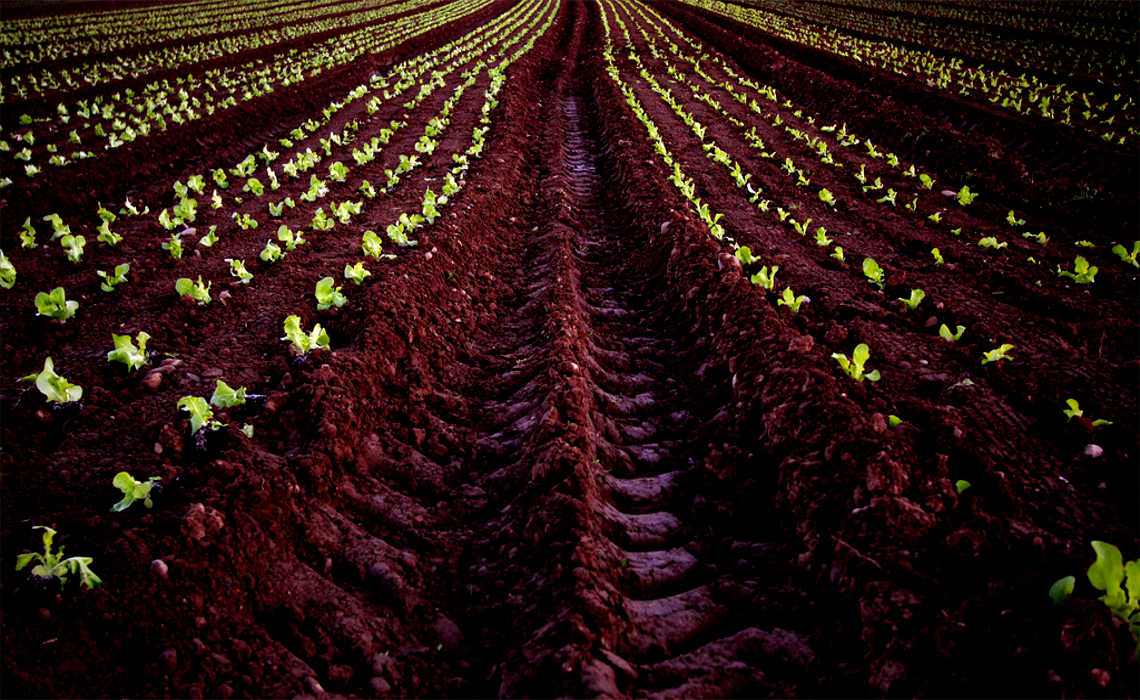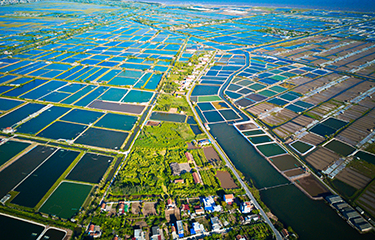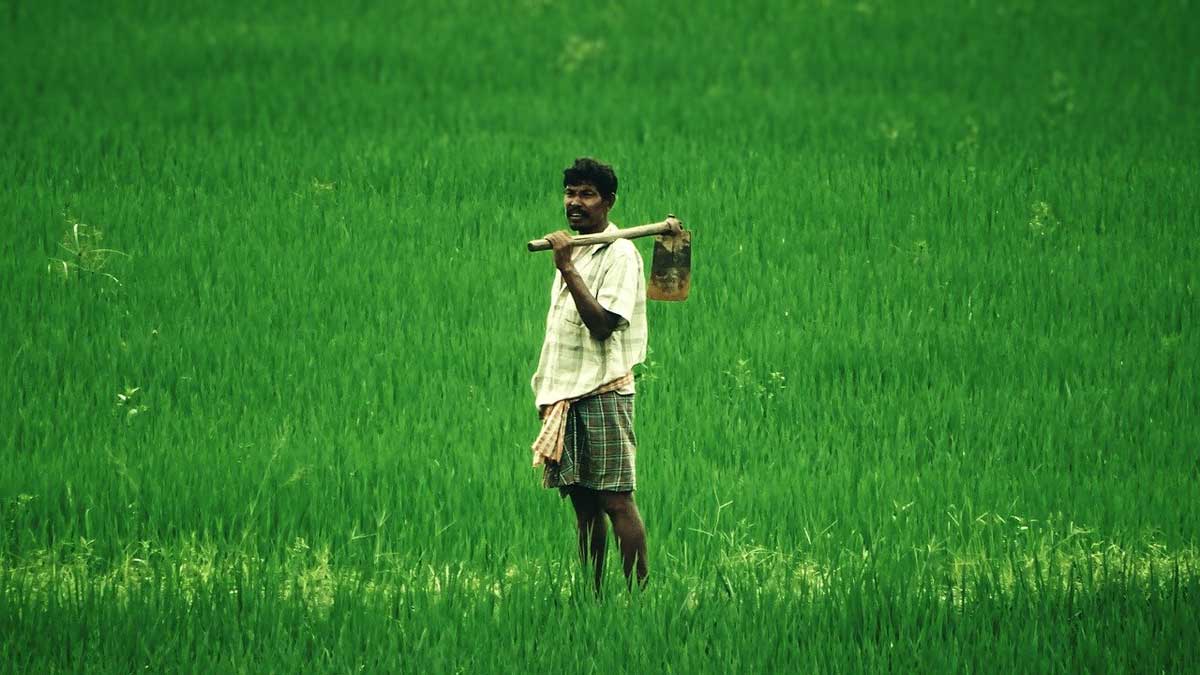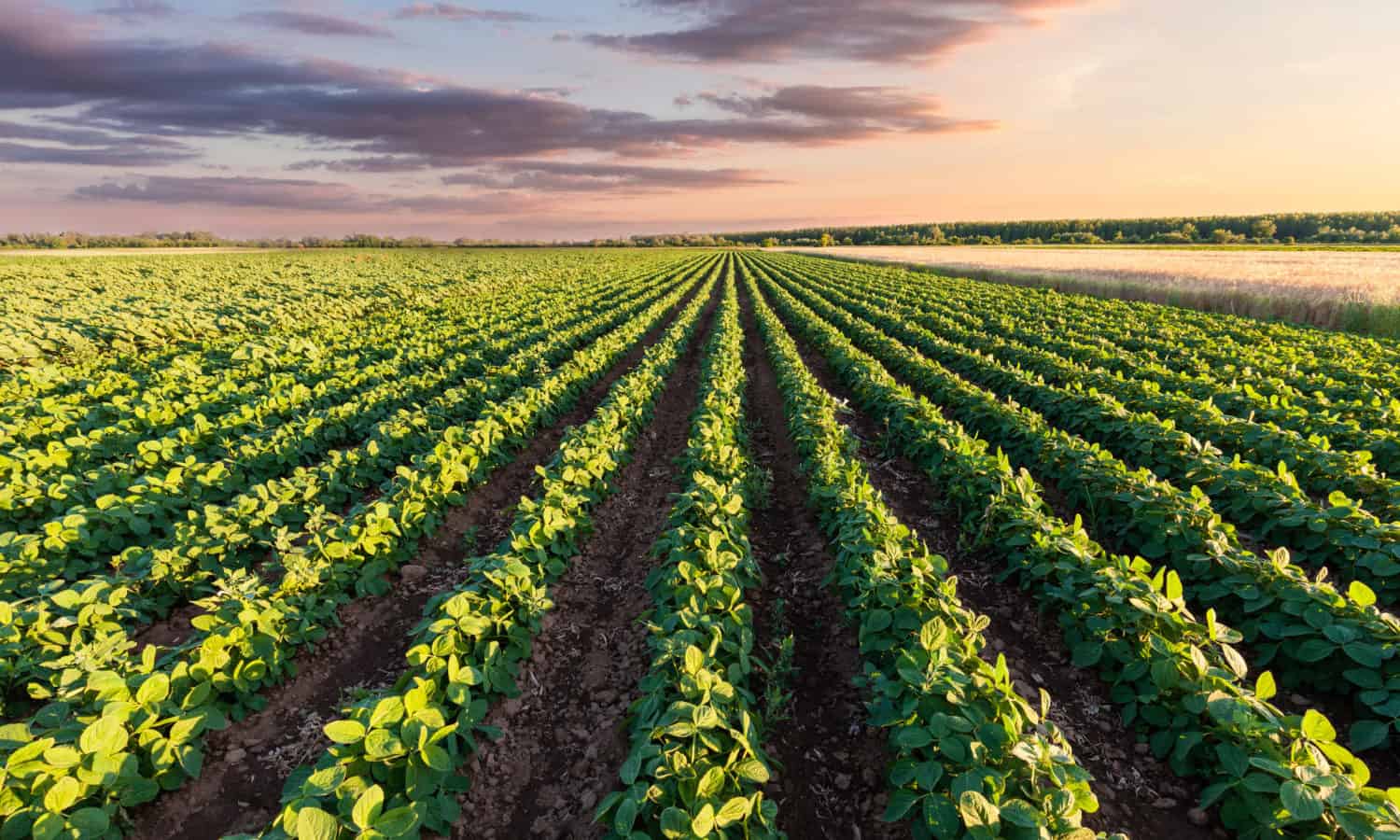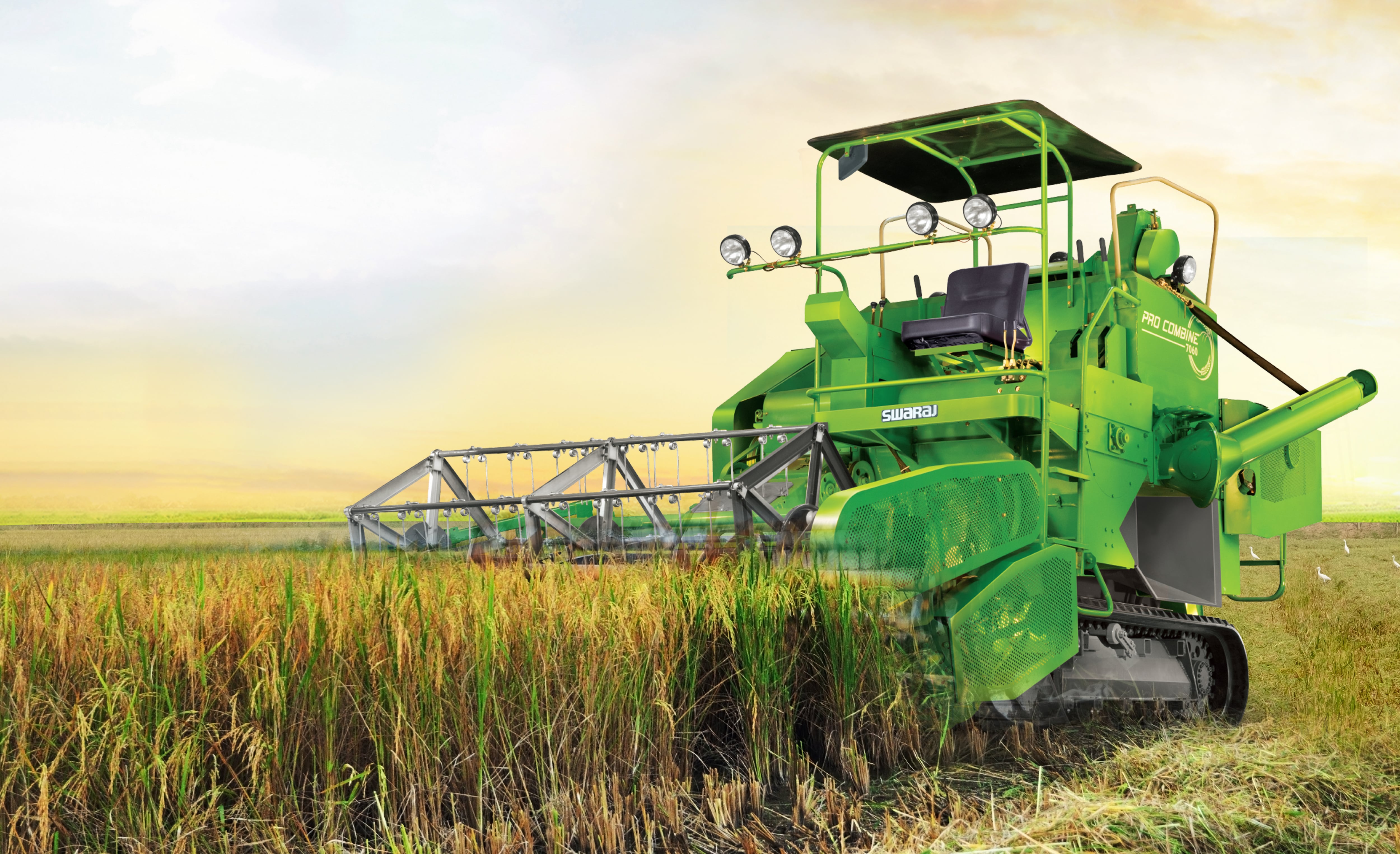Six acres of Larry Conrad’s cornfield just off Interstate 35 look like a swamp nearly two months after corn should have been planted.
Every day, a pump kicks on to shoot water from those acres into a ditch beyond the field. And still, more water keeps emerging as rain leaches from the field like an old sponge. Conrad left the field unplanted and will collect a federal crop insurance payment instead.
“You’d much rather have a crop out there,” Conrad said. “It just bugs you to see a field sitting idle.”
The cool, wet spring forced farmers across the Midwest to leave millions of acres of corn and soybeans unplanted and will likely trigger a record payout in a subset of crop insurance called “prevented plant.” The payments are triggered under crop insurance when weather prevented farmers from planting a field.
Economists at the University of Illinois estimate the prevented-plant payout may be $3.6 billion this year, nine times more than last year and shattering the previous record of $2.2 billion in 2011.
That prospect is just one more effect of the spring rains that also delayed planting and scrambled business plans for farmers who have seen incomes move steadily downward since 2012.
“I would say every agent in the Midwest has had quite a bit of prevent-plant,” said Ginny Olson, an insurance agent with Lockton Cos. in Wayzata who has farm clients in Minnesota, Iowa and Nebraska. “It’s been pretty widespread this year.”
Fewer planted acres is likely to mean smaller harvests this fall. And commodity prices have risen as a result. Even so, one more danger looms for the acreage that was planted: a frost in September or October that would damage crops that, because of the late planting, need to stay in the ground as long as possible.
Federal crop insurance covers farmer losses on fields that were planted, but farmers prevented from planting their fields at all may also file claims for partial coverage of their lost revenue.
Projected revenue varies by the quality of the land. But as an example, a farmer whose fields produce 175 bushels per acre and gets $4 per bushel would generate $700 in per acre-revenue. Farmers typically buy crop insurance covering 80% of their revenue, or $560 per acre in this case.
The “prevented plant” payment amounts to 55% of that coverage level, or $308 per acre. That’s no windfall for farmers. An acre of rented land that has been fertilized and sprayed for weeds may already have more than $300 sunk into it before the farmer decides not to plant.
“People think it’s a slam dunk just to take a prevent-plant and take the money and run,” Olson said. “But it’s not a slam dunk.”
Conrad said rent costs him about $200 an acre, crop insurance is $18 per acre and he still has to spray to keep weeds down even if the field is fallow, which costs another $25 per acre.
“It’s just a little Hail Mary,” Conrad said of prevented-plant claims. “You aren’t making any money at it.”
Gary Schnitkey, an ag economist at the University of Illinois, estimates 8 million acres of corn and 3 million acres of soybeans were left fallow around the U.S. this spring. “There is a pretty high margin for error there, but I do think it’s in the ballpark,” he said.
That much ground qualifying for a prevent-plant claim would result in the $3.6 billion payout this year. Another 2 million acres could push the figure past the $4 billion threshold.
Such projections highlight the massive scope of the federal crop insurance program, the largest form of subsidy for U.S. farmers. Taxpayers cover 62% of premiums for farmers, help pay administrative costs for insurers and reinsure some of the highest-risk policies. The program has cost the government $73 billion over the past 10 years.
The Congressional Budget Office projected in December the cost will gradually rise in the 2020s, and that was before this year’s late planting. Its auditors forecast the federal government could cut more than one-fourth of that cost by reducing its premium subsidy to 40% from 62% and setting a lower cap on administrative costs. That idea has gone nowhere in Congress.
Bryan Biegler, a farmer near Lake Wilson, Minn., left 90% of his cornfields unplanted this spring. How much money he loses on those acres depends on corn prices and yields this fall. And it’s strange for him to see his fields fallow.
“It’s different,” he said. “Definitely used to seeing corn grow all the time.”
Biegler is planting legumes and rye grass and radishes on the fields for cover, but even that has been delayed by rain.
“We had a hard enough time getting the crops planted, and now we’re having trouble getting the cover crops planted,” Biegler said. “I don’t even know what’s normal anymore.”
If the weather cooperates over the next three months, 2019 could still be a business-as-usual year for crop-insurance claims.
“They’re going to have a loss year but it’s not going to be a record loss year,” Schnitkey said.
But corn and soybeans are far behind and an early frost would wipe out the crop before it can be harvested. Such a disaster could rival 2012, when drought devastated yields across the Midwest and the overall crop-insurance program cost the government $13.4 billion.
“This year I’m worried. It’s the latest I’ve ever planted,” Conrad said. “If we can get a year like last year, where we didn’t get a frost until late October, that’d be great. But that isn’t the norm.”
Source - http://www.startribune.com

